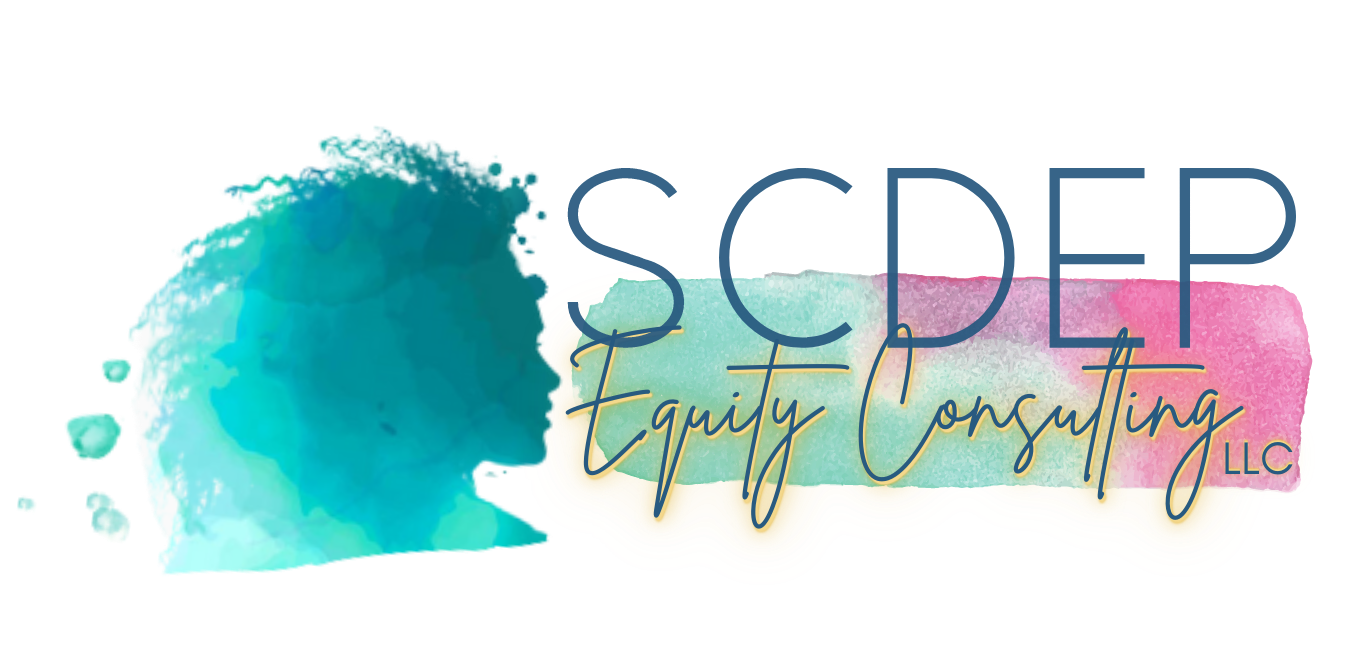How Fairness in Testing Can Increase Equity
There is a lot of talk in the educational world about how teachers can create a more equitable curriculum for students, which is a great place to start. If you are a backwards design person like me, then the discussion needs to begin at the end, with assessments. I always love backwards design because it allows you to focus on what direction you would like for the students to go in the lesson and allows you to reflect on how they will be able to process the material learned in order to assess student attainment. Honestly, I always battled with the process of waiting until the end of the lesson to determine if the lesson was successful, which is why I gravitated towards backwards design. As my high school interns create lessons for me, I am also leading them in the same direction so they can create more meaningful lessons and assessments.
What I have learned in completing backwards design is that there is so much more that we need to consider while creating an assessment for our students. From the wording that allows the students to understand the context of the question, to whether the questions are even able to measure the content being assessed, proper training should definitely be utilized to make sure our students are being successful. Making sure that our students all have the opportunity to complete assessments without any assessment bias is absolutely another strategy to consider when designing assessments.
When we have an assessment bias in the classroom, it doesn’t reflect the true scores or performance of the student based on the limitations in the exam. Creating an exam question that gives some students an advantage over the other based on their group or specific knowledge because of their group is assessment bias. For example, say I created a question like this. “When riding a hoverboard, what forces are acting upon you to create speed?”Students in a low socioeconomic community or rural communities may not have the knowledge of how hoverboards work, therefore giving them an unfair disadvantage over those students who have that knowledge.
We are more familiar with testing bias in the large-scale assessments like SAT< ACT and even our state tests, but we must consider the assessment bias in our assessments in the classroom as well. What does assessment bias in classrooms look like? Well, very similar but we should hold ourselves more accountable as teachers because we are aware of the diversity of students and their abilities, so we have a greater responsibility to create equitable assessments that do not unfairly penalize our most marginalized students because of their race, ethnicity, gender orientation, socioeconomic status, religion, etc. There has been years of research that shows that people of different cultures learn in different ways. As we start to celebrate those differences in the classroom, we must create assessments to reflect those differences. When considering the diversity of your students in the classroom, teachers have an awareness of how they can move past, creating lessons and assessments that represent the dominant culture and be more inclusive. This includes not only creating assessments that are inclusive and centering the differences in the classroom so that students can feel seen in their coursework. Here are some suggestions that can help in creating more equitable assessments.
Take an independent survey of the varying communities represented in your classroom. Use this information to create a leveled playing field. For example, ask yourself, do i have students that have experienced trauma in my classroom (probably), so I should make sure not to include any triggers in the assessment, or if my school is in the city, I should have many questions about life experiences on a farm etc.
Create assessment questions and prompts that are general and do not require any specific cultural knowledge.
Have a second eye look over the assessment questions before the students see the questions.
As you create your assessments in your classroom, always have a keen eye set to making sure that you are providing every student with an opportunity to be successful on their assessments, no matter what community they belong to. Also remember that the communities that our students belong to are treasures of beautiful knowledge and honoring their differences during instruction is the way to go!



